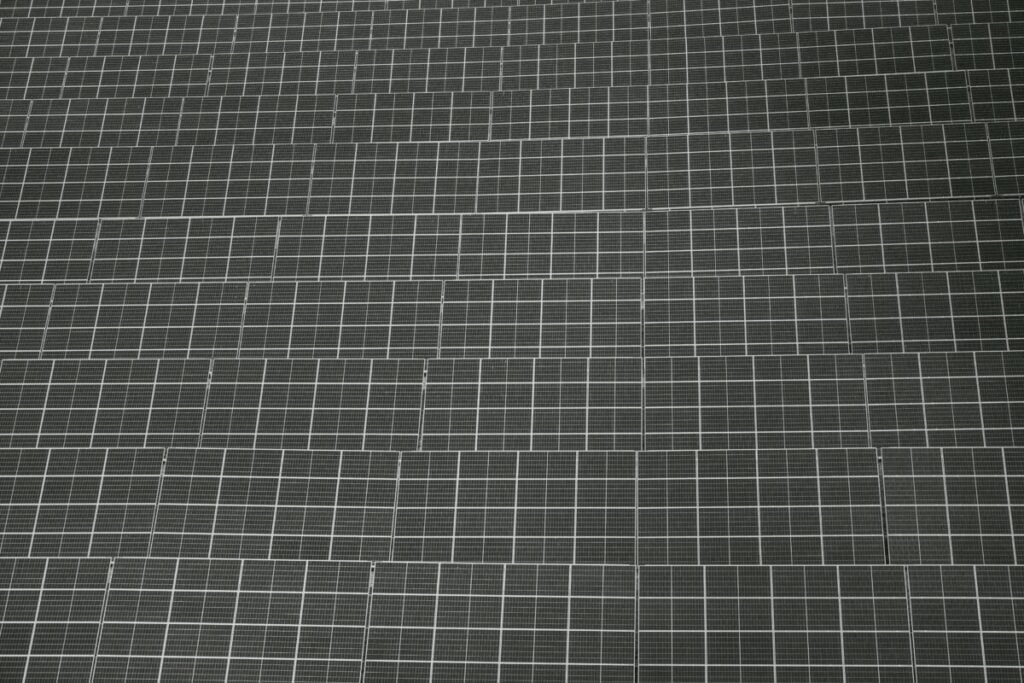
A review of 2024 reports from the International Renewable Energy Agency (IRENA) has shown that despite record investment and capacity growth, the world is off track to meet 2030 climate targets.
IRENA’s World Energy Transitions Outlook 2024 noted that 2023 saw the highest ever increase in solar PV capacity. Around 347GW of solar PV capacity was installed worldwide in 2023, making up 73% of the 473GW of total renewable energy capacity added that year. The same report notes that: “the leading role played by solar PV is expected to continue for the rest of the decade, thanks to its sustained cost competitiveness, manufacturing over-capacity and flexible scalability.”
The UK has been playing its part in the rapid rollout of solar PV: as previously reported on Solar Power Portal, the UK currently has 17.2GW of solar capacity online, a 1GW increase from the previous year. Across 2023, 196,760 new solar installations came online – the second highest in any recorded year, only beaten by 2011’s record of 208,586 installations. As of the end of November 2024, 155,256 new solar installations had taken place in 2024 across the UK.
Global renewable energy generation capacity increased by 14% worldwide, with global renewable energy capacity now at 3,865GW. While this set a new record for capacity growth, it falls short of the minimum 16.2% capacity growth per annum needed to triple renewable capacity by 2030 – a key milestone for limiting global warming to 1.5 degrees celsius.
Despite missing the target for 2024, IRENA maintains its optimism about meeting global climate goals, calling the target of tripling renewable capacity by 2030 “a feasible target”. However, the organization notes that this would require an annual capacity addition of 1044GW, almost double the 2023 figure. IRENA added: “While solar PV is on track, lagging technologies like wind and bioenergy require urgent policy support and investment, especially in emerging markets”.
Global investment in renewable energy hit a new high, with around US$570 billion invested into renewable energy across the year. However, some emerging markets actually saw a decline in investment, with investment in Africa standing at just US$4.79 billion, a 47% decline from the previous year. IRENA noted: “A just and inclusive global energy transition will require a massive scale-up of finance in countries that have otherwise received limited investments in the energy sector. Although global investments are on an uptrend, most of this growth is concentrated in a few advanced economies, leading to widening disparities in investment levels.”

Costs associated with renewable energy developments are on the decline too, with the average solar installation cost dropping as low as US$0.044 per KWh in 2023. Across the wider renewable energy industry, 81% of utility-scale renewable energy generation projects had lower development costs than their fossil fuel counterparts, presenting an attractive development case for renewable energy generation.
Overall, while IRENA is celebrating the positive progress in the renewable energy sector, the organisation cautioned that there is no alternative to urgent action on climate change. IRENA stated: “2024 saw the record-breaking achievements positively shaping the renewable energy landscape. Yet, the need for accelerated action to align global efforts with the Paris Agreement targets and Sustainable Development Goals has never been more urgent.”

